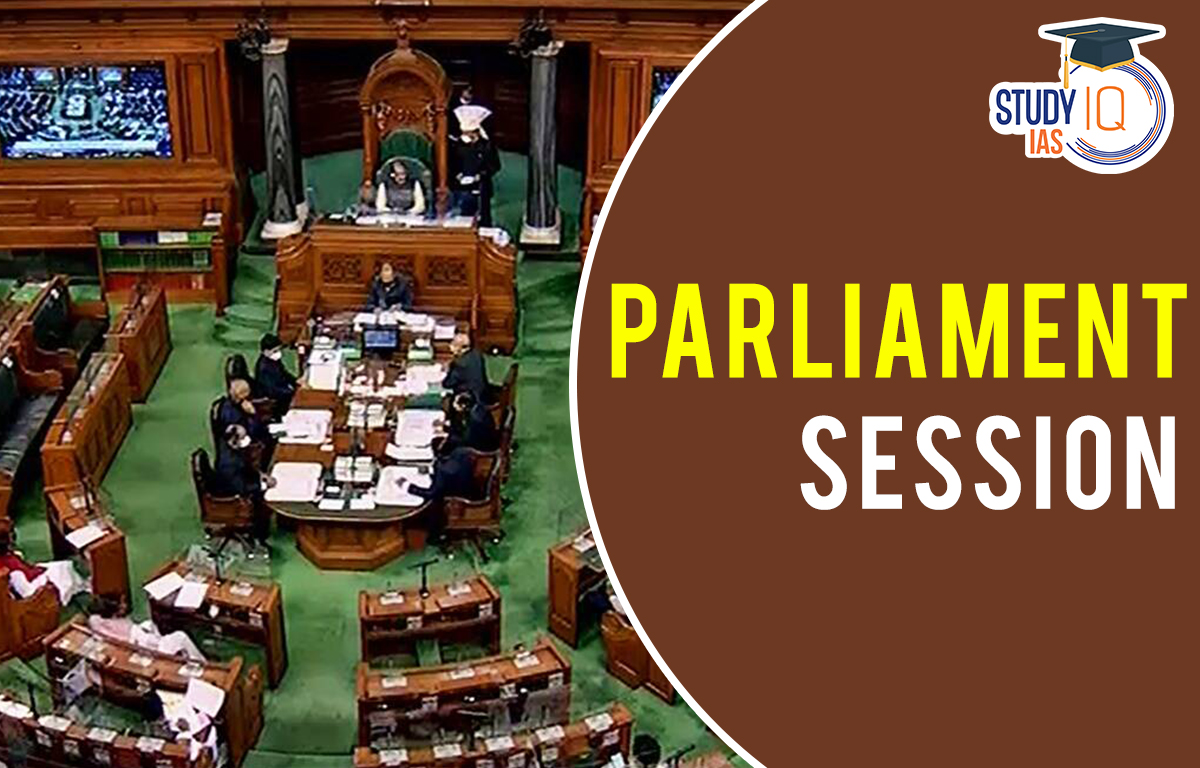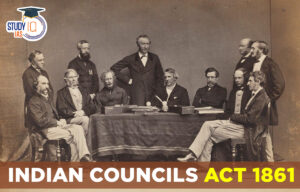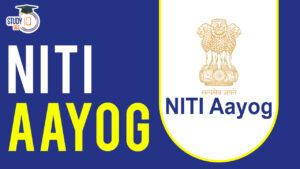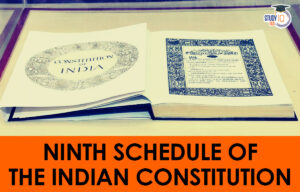Table of Contents
Parliament Session
Parliament Session is scheduled for an uninterrupted regular session of a Parliamentary house to do work. The Indian Parliament is a legislative branch of the government that passes laws, represents the interests of the electorate, and controls the council through hearings and interrogations during sessions. As the Constitution does not stipulate one, the nation currently lacks a set parliamentary timetable. Three sessions of the Indian Parliament are held each year.
The Parliament is an important part of Indian Polity which an important subject in UPSC Syllabus. Students can also go for UPSC Mock Test to get more accuracy in their preparations.
Parliament Session Introduction
The budget session of the legislature takes place in January, followed by the monsoon session from July to August, and the winter session, which takes place in November and December. To conduct a Lok Sabha and Rajya Sabha sitting, respectively, there must be at least 25 and 55 Lok Sabha members present. This article outlines all of Parliament Sessions, the Types of Parliamentary Sessions, and the Importance of each session.
Parliament Session in India
A session of Parliament of India is called by the Indian government. Three sessions of Parliament, comprising numerous meetings, are held each year. The quorum denotes the bare minimum of members required to hold a house meeting. The President’s method for convening a meeting of the entire Parliament is called a summons. The Indian Constitution’s Article 85 defines it.
The House of Representatives adjourns when its session has come to an end until its next scheduled start time. Through adjournment, the meeting is put off for a set period of time, such as a few days, weeks, or hours. Through the Prorogation procedure, the President has the authority to adjourn a session of Parliament without doing away with the Lok Sabha house.
Parliament Session and Types
A minimum of twice a year, or no more than six months, must pass between any two sessions of the parliament. The President has the authority to occasionally call a meeting of either House of Parliament. The three main categories of parliamentary sessions are as follows.
| Sessions of Parliament in India | Duration | Also named as |
| Budget session | January End – April End or May first week | Longest, Budget Session (1st session) |
| Monsoon session | July Starting – August/September. | Second session of 3 weeks |
| Winter session | November – December. | 3rd session. |
Parliament Budget session
It is the first and longest session of the current parliament. The budget session, which runs from February to May each year, is thought to be the most significant of the three Parliamentary sessions. Typically, the budget is unveiled on the final business day of February. When the President addresses both houses of Parliament, the session is known to start. It typically consists of two phases with a one-month pause in between. Following the Finance Minister’s representation, the members of Parliament review a number of budget measures and tax-related concerns.
Parliament Monsoon Session
The Monsoon Session of Parliament in 2022 began on July 18, 2022, and ended on August 8, 2022, when it was adjourned sine die (without setting a date or time for the next meeting). Two months have passed since the Budget session, when this legislative session began. In the Monsoon Session of Parliament, topics pertaining to the public’s interests are discussed.
Parliament Winter Session
Usually, the 2022 Winter Session of Parliament begins in December. There will likely be 17 long sittings totaling about 23 days. The Winter Session of Parliament is the shortest of the three. It identifies issues that were not previously evaluated during the second Parliamentary session. It compensates for the lack of legislative initiative.
Parliament Joint Session
To prevent any stand-off between the houses, the Indian Constitution schedules a joint session of the Rajya Sabha and the Lok Sabha. The Joint Session of Parliament is called by the President. In the absence of the Speaker, the Lok Sabha Deputy Speaker presides over this Parliamentary session. In the event that neither is available, the Rajya Sabha Deputy Chairman is in charge. Any Parliamentary member may issue orders after receiving approval from both the Lok Sabha and the Rajya Sabha if all the necessary members of the Parliament are not present.
Parliament Session Adjournment
There are several sessions during a legislative session, with two sittings held each day from 11 a.m. to 1 p.m. and 2 p.m. to 6 p.m. A Parliamentary session (in the instance of the Lok Sabha) may be adjourned or adjourned sine die, prorogued, or dissolved. When work in a session is suspended for a predetermined period of time—which may be hours, days, or weeks—it is known as an adjournment.
Parliament Session Adjournment Sine Die
It involves putting an end to a Parliamentary session indefinitely. When the House adjourns without announcing a date for reconvening, this is known as an adjournment sine die. The House’s presiding officer has the power to adjourn and to adjourn sine die, and he or she is able to call a meeting of the House before the day or time to which it has been postponed or at any time following a sine die adjournment.
Parliament Session Prorogation
When the agenda for a session is finished, the Speaker of the Lok Sabha or the Chairman of the Rajya Sabha proclaims the House adjourned sine die. The prorogation of the session is then announced by the President within a few days. The President may prorogue the House while it is in session.
Parliament Session Dissolution
The process of legally ending the current Lok Sabha (lower house) or Rajya Sabha (upper house) term before its regular tenure of five years is up is referred to as the dissolution of the sessions of Parliament in India. Prorogation, which only ends a session of Parliament, is not the same as dissolution. The Lok Sabha or Rajya Sabha’s current term ends with dissolution, and new elections are held to create a new body.
Parliament Session Quorum
The term “quorum” describes the bare minimum of members needed to convene a house meeting. For both the Lok Sabha and the Rajya Sabha, the Constitution set a quorum of one-tenth of the total membership. Thus, for a Lok Sabha meeting to take place, at least 55 members must be present, and for a Rajya Sabha meeting to take place, at least 25 members must be present.
Parliament Session 2023 Dates
The Budget Session, the Monsoon Session, and the Winter Session are the three regular sessions of the Indian Parliament each year. Typically, the budget session lasts the longest in the year, while the monsoon session is the shortest. The 2023 budget session began on January 31 and will last through April 6. The budget session is anticipated to include 27 sittings spread out over a period of 66 days.
Parliament Session UPSC
The most crucial element of India’s legislative system—the largest democracy in the world—are Parliamentary sessions. The various tools used in legislative processes let legislators create, alter, and correct legislation in an effective way. The Constitution’s framers deserve praise for creating such a well-organized system of parliamentary operations. Students can read all the details related to UPSC by visiting the official website of StudyIQ UPSC Online Coaching.


 Indian Councils Act 1861, History, Provi...
Indian Councils Act 1861, History, Provi...
 NITI Aayog Report on India’s Hand and ...
NITI Aayog Report on India’s Hand and ...
 9th Schedule of Indian Constitution: His...
9th Schedule of Indian Constitution: His...





















